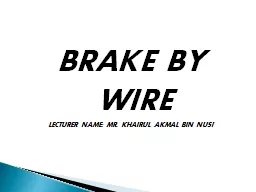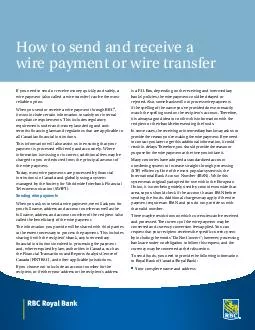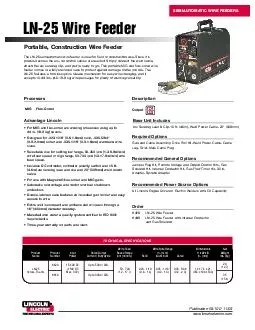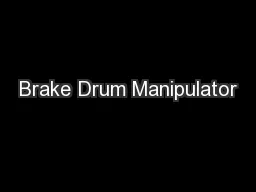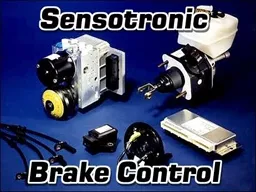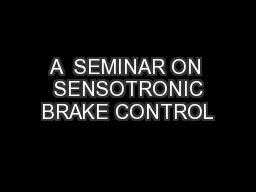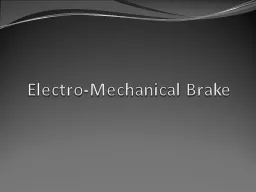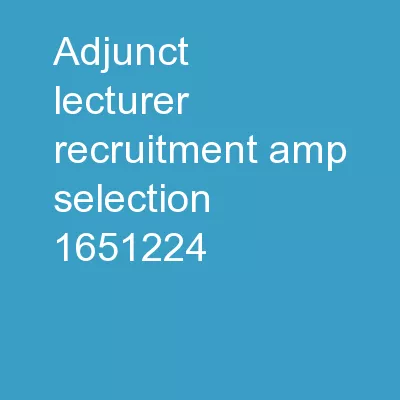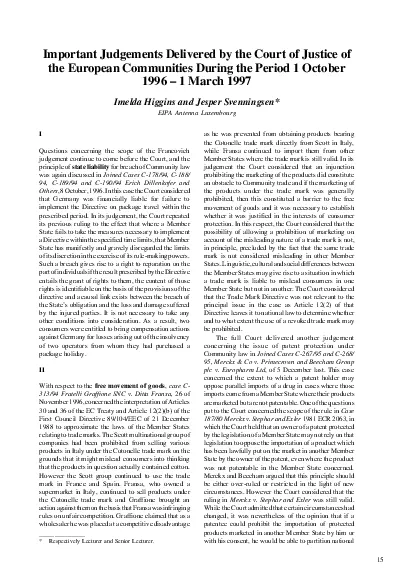PPT-BRAKE BY WIRE LECTURER NAME: MR.
Author : tawny-fly | Published Date : 2018-09-22
KHAIRUL AKMAL BIN NUSI The ElectroMechanical Braking Systems represents a complete change in requirements from the previous hydraulic and electrohydraulic braking
Presentation Embed Code
Download Presentation
Download Presentation The PPT/PDF document "BRAKE BY WIRE LECTURER NAME: MR." is the property of its rightful owner. Permission is granted to download and print the materials on this website for personal, non-commercial use only, and to display it on your personal computer provided you do not modify the materials and that you retain all copyright notices contained in the materials. By downloading content from our website, you accept the terms of this agreement.
BRAKE BY WIRE LECTURER NAME: MR.: Transcript
Download Rules Of Document
"BRAKE BY WIRE LECTURER NAME: MR."The content belongs to its owner. You may download and print it for personal use, without modification, and keep all copyright notices. By downloading, you agree to these terms.
Related Documents

